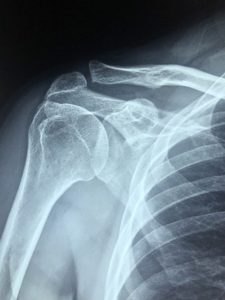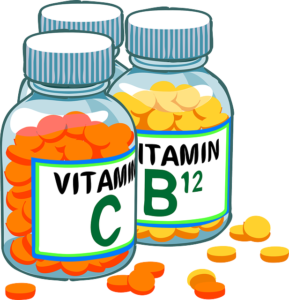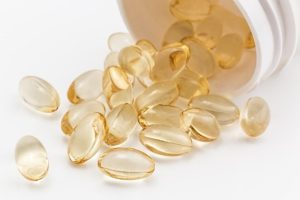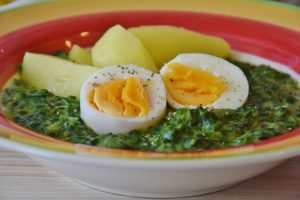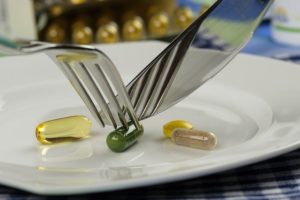The pain relieving specialist recommends:
Protect the gums and the brain. Inexpensive and efficient with Vitamin K2.
One of the biggest problems with gum disease is the lack of Vitamin K2, also known as Menaquinone. Over time, this could mean the loss of gums and bone. It can be confusing for many people when, despite conscientious dental cleaning, gum disease is still present. The gingiva is the part of the gums around the base of the teeth. The first signs of gum disease such as redness, inflammation and pain are therefore often referred to as “Gingivitis”. Gum disease is usually due to inflammation and Vitamin K2 can make all the difference.
Vitamin K2 is a cofactor for Vitamin D and calcium that supports bone health, but also helps reduce inflammation and factors associated with gum disease by:
– Reducing the production of inflammatory foci – Regulating immune cells that cause inflammation – Decreasing fibroblast cellsVitamin K2 and Vitamin D (along with calcium and magnesium) have a synergistic relationship.
Calcium strengthens your bones and improves overall skeletal health, but only works if it gets to the right place. Vitamin K2 directs calcium into the bones and prevents it from being deposited on the walls of blood vessels. Therefore, taking pure calcium products with the aim of strengthening the bones makes almost as much sense as licking an iron bar to increase the iron content in the blood. Almost. ![]()
But that is only in passing. There is evidence that low levels of Vitamin K2 negatively affect the incidence of “Alzheimer’s disease”.
Overall, it is important to either “eat” enough K2 or take it in supplement form to prevent degenerative disease and support optimal brain function. One of the effects of Vitamin K2 deficiency is to cause the symptoms of Vitamin D toxicity, including inappropriate calcification of soft tissues, which can lead to “atherosclerosis”. Gum tissue releases “Osteocalcin” where there is inflammation and gum disease.
In order to activate “Osteocalcin” there must be sufficient Vitamin K2 levels. “Osteocalcin” also increases your insulin sensitivity, so both type 2 diabetes and advanced gum disease are associated with this protein. But I mention that here only in passing.
![]() Vitamin K2, when derived from meat, should come from animals raised outdoors on pasture. Brie and Gouda cheeses, for example, are particularly rich in K2, as is butter from free-range milk or ghee and organic free-range eggs. One reason why you should only choose beef from free-range animals is that cows fed soya or cereals do not get K1, which means they cannot convert it into K2. For K2, Nattokinase (Nattō), which is made from fermented soy, is also an excellent vegetarian source of Vitamin K2. Fermentation eliminates the disadvantages associated with eating raw or cooked soy. Last note, if K2 should be taken through a supplement: it should be menaquinone-7 or MK-7.
Vitamin K2, when derived from meat, should come from animals raised outdoors on pasture. Brie and Gouda cheeses, for example, are particularly rich in K2, as is butter from free-range milk or ghee and organic free-range eggs. One reason why you should only choose beef from free-range animals is that cows fed soya or cereals do not get K1, which means they cannot convert it into K2. For K2, Nattokinase (Nattō), which is made from fermented soy, is also an excellent vegetarian source of Vitamin K2. Fermentation eliminates the disadvantages associated with eating raw or cooked soy. Last note, if K2 should be taken through a supplement: it should be menaquinone-7 or MK-7.
I hope I was able to point out some new info.
See you next time. Stay strong.
Matti




